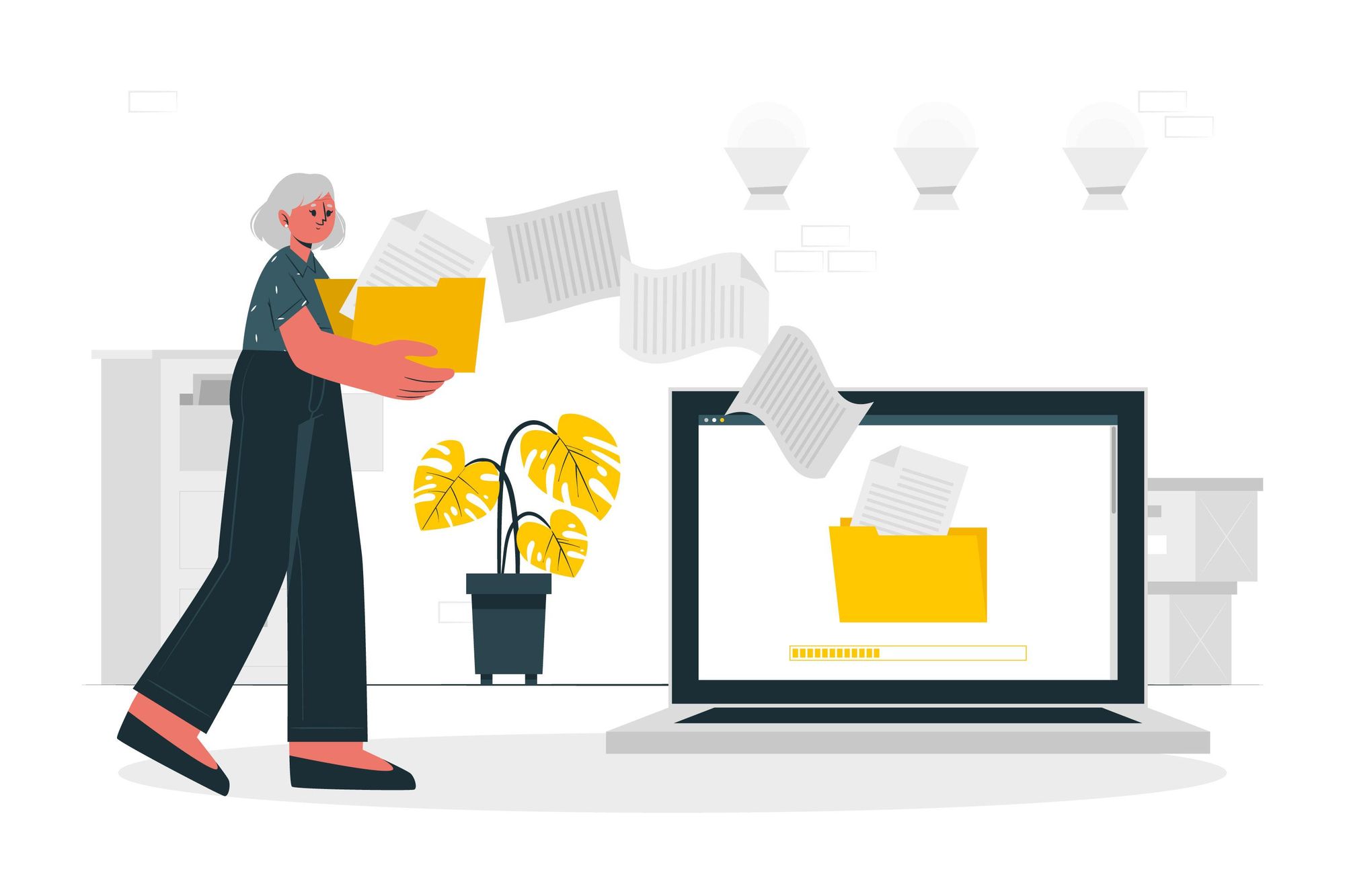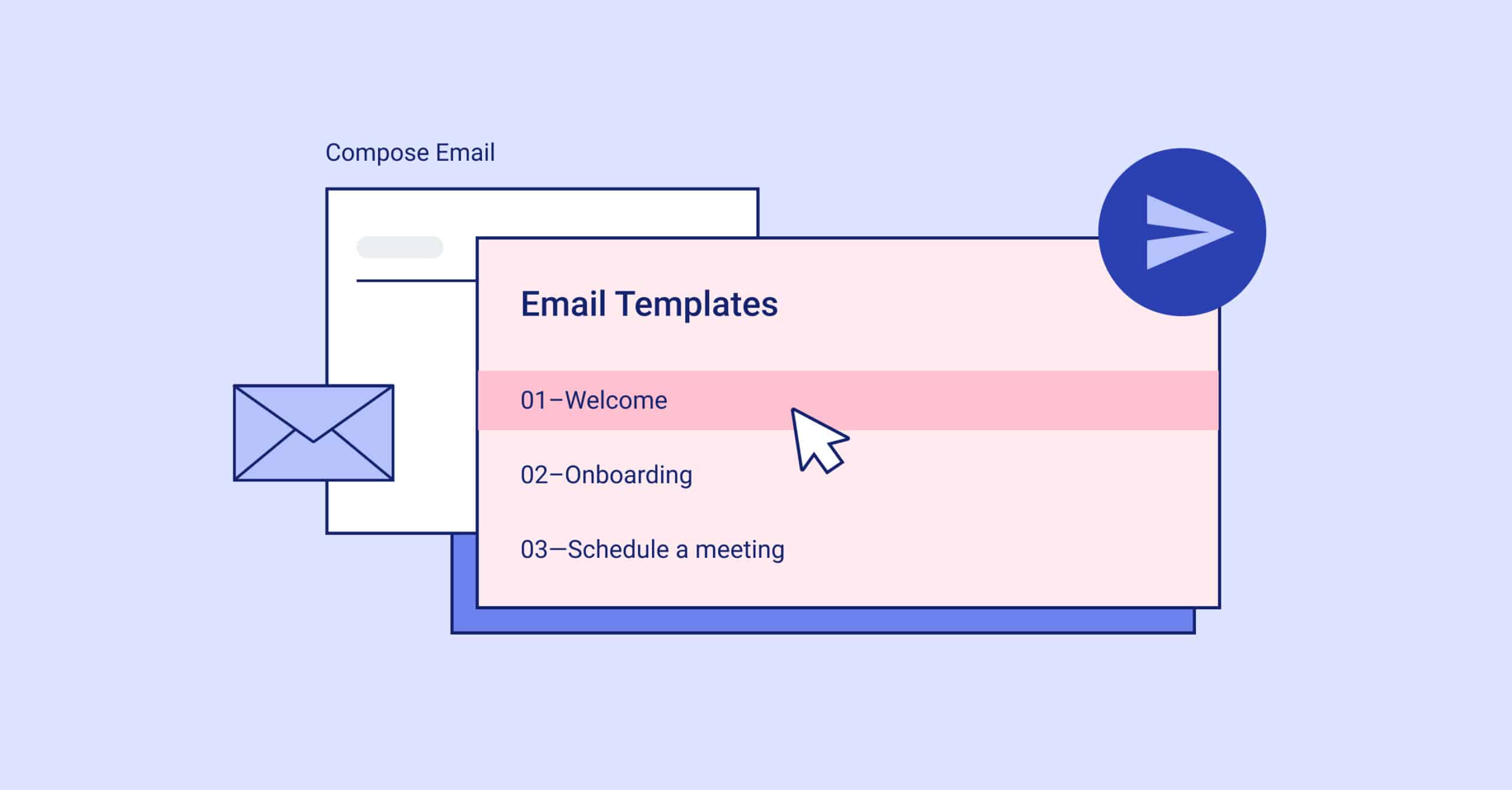Navigating the intricacies of contemporary communication calls for a strategic and systematic method of handling email management. This all-encompassing manual imparts in-depth perspectives on optimizing the efficiency of your inbox in a cohesive manner. By establishing unambiguous objectives and harnessing the potential of specialized folders, while also prioritizing incoming messages and crafting standardized templates, each tactical maneuver is carefully crafted to augment efficacy and alleviate the burdensome nature of a bustling inbox. Regular appraisals and adjustments guarantee that your system evolves in tandem with your requirements. By implementing these battle-tested methodologies, you will not only reclaim valuable time but also cultivate a more orderly and responsive communication landscape, ultimately fostering heightened productivity in both your personal and professional spheres.
Also read: Mastering Productivity: Your Ultimate Guide to Task Management Triumph
-
Set Clear Goals:
Establishing well-defined objectives is paramount for effective email administration. By outlining precise and quantifiable goals, such as achieving inbox zero on a daily basis, promptly addressing urgent emails within an hour, or upholding a structured organizational system, you equip yourself with a strategic roadmap for triumph. Maintaining inbox zero ensures consistent handling of every incoming email, warding off any accumulation and minimizing the likelihood of disregarding significant messages. Swift responses to pressing emails showcase your unwavering dedication to timely correspondence. Additionally, upholding a specific degree of organization, be it through folders, labels, or alternative categorization techniques, heightens efficiency and streamlines your workflow. Crystal clear goals not only direct your daily email practices, but they also contribute to an encompassing productive and methodical professional routine, ultimately fostering enhanced time management and communication effectiveness.
-
Use Folders and Labels:
To achieve efficient email management, it is crucial to implement a methodical directory and categorization system. It is essential to devise tailored folders matching your individual workflow, encompassing diverse categories like projects, clients, or departments. Such an approach grants a devoted space for each distinct category. By assigning labels to emails based on their degree of urgency, you enhance the prioritization process. For instance, incorporating labels such as “pressing,” “high priority,” or “low priority” expedites the identification and handling of emails as per their significance.
This diligent organizational practice fosters a structured and effortlessly navigable inbox. As a result of systematic email sorting, the location of specific information becomes a seamless task, significantly boosting overall productivity. Furthermore, a well-organized system facilitates enhanced collaboration among team members, granting easy access to shared project-related emails. The implementation of folders and labels not only streamlines your workflow but also ensures the availability of crucial information, contributing to a more efficient and responsive communication environment.
-
Prioritize Emails:
Recognizing the varying significance of electronic mail is pivotal in effective email administration. Utilize instruments like the “Priority Inbox” feature or manually assign tags to differentiate imperative correspondences from less crucial ones. By capitalizing on these instruments, you establish a system that automatically prioritizes incoming emails based on their import. This strategic approach empowers you to concentrate your attention on tasks of high priority promptly. Crucial emails can be designated or labeled for immediate attention, ensuring that time-sensitive matters are addressed without any delay. Comprehending the relative importance of diverse emails not only streamlines your workflow but also amplifies your overall productivity. By efficiently prioritizing tasks, you optimize your time and energy, tackling vital responsibilities first and contributing to a more organized and responsive communication strategy.
-
Unsubscribe from Unnecessary Emails:
Keeping an organized inbox requires consistently assessing and managing your subscriptions. Set aside time to evaluate newsletters, promotional emails, or mailing lists that might not align with your current interests or professional requirements anymore. Unsubscribe from those that no longer hold value to you. This proactive approach helps declutter your inbox and makes sure you only receive the most relevant and vital communications. By reducing the influx of unnecessary emails, you not only streamline your inbox but also minimize distractions, enabling you to concentrate on the messages that truly matter. Regularly revisiting and refining your subscriptions guarantees that your email content stays in tune with your evolving needs, creating a more efficient and personalized communication environment. It’s a practical step towards maintaining an inbox free from clutter and optimizing your email experience.
-
Set Up Filters and Rules:
Improve your efficiency in managing emails by implementing detailed filters and rules. Generate filters based on specific criteria like sender email addresses, keywords, or subjects to automatically categorize incoming emails. For instance, segregate emails from particular clients or projects into dedicated folders. Establish rules that surpass mere categorization; leverage them to automate responses, assign priority levels, or apply labels, thus further streamlining your workflow. By making use of these automated tools, you decrease the manual effort needed for organization, guaranteeing a well-organized and easily navigable inbox. This not only saves time but also minimizes the possibility of overlooking crucial messages. Regularly update and finetune these filters and rules to adapt to changes in your work dynamics, maintaining an optimized and personalized email management system that caters to your evolving requirements.
-
Schedule Email Time:
Incorporate disciplined email administration into your daily regimen by designating devoted time slots for this undertaking. Plan particular intervals in your day exclusively for managing emails, creating a structured method to handle your inbox. By doing so, you avert incessant interruptions and maintain concentration on your principal work. This deliberate approach to scheduling email time ensures that you consistently address and reply to messages without allowing them to interrupt your workflow throughout the day. It also establishes boundaries, enabling you to prioritize your principal tasks before addressing emails. Embracing this practice not only assists in effectively managing your time but also contributes to a more organized and regulated work atmosphere, fostering heightened productivity and minimizing the potential for email-related diversions.
-
Batch Processing:
Enhance the efficiency and productivity of your email management strategy by incorporating batch processing, a technique that involves grouping similar tasks together during dedicated time intervals. Devote specific periods to different activities related to email, such as answering emails, organizing your inbox, or categorizing messages. By concentrating on similar tasks within these designated time intervals, you can optimize your effectiveness. For example, designate a specific time in the morning to respond to emails, allocate another block in the afternoon for organizing your inbox, and maybe reserve a brief session at the end of the day for follow-ups. Batch processing enables you to fully immerse yourself in one type of activity at a time, thereby reducing the cognitive load that arises from switching between diverse tasks. This approach not only streamlines your workflow but also ensures a systematic and focused handling of various aspects of email management.
-
Use Flags or Stars for Action Items:
Enhance your email organization and task prioritization by integrating visual cues like flags or stars. Utilize these markers to recognize emails necessitating further action or follow-up. By flagging or starring vital messages, you establish a visual prompt that reminds you of pending tasks. This system aids in averting the oversight of crucial emails amidst a bustling inbox. These visual cues not only simplify the identification of action items but also offer a rapid and efficient method for scanning through your messages. Consistently incorporating flags or stars in your email management strategy guarantees that you remain proactive with essential tasks and deadlines. It’s a straightforward yet effective approach to elevate your email workflow and ensure timely attention to important actions.
-
Create Templates for Common Responses:
Enhance your email response effectiveness by constructing templates for regularly experienced scenarios or inquiries. Establish consistent responses that encompass frequently tackled subjects, granting you the ability to promptly and uniformly reply. While templates expedite proceedings, it is vital to customize them according to the specific context to uphold a harmonious equilibrium between efficiency and personalization. Customize the template language to match the individual circumstances of each email, guaranteeing a considerate and pertinent response. These templates act as a starting point, streamlining your communication process and diminishing the time expended on repetitive tasks. By incorporating personalized elements when necessary, you strike a delicate balance between efficiency and the preservation of a humanlike essence in your interactions. This methodology not only saves time but also guarantees the perpetual display of professionalism and thoughtfulness within your responses.
-
Regularly Review and Update:
To ensure the ongoing effectiveness of your email management, it is crucial to implement regular reviews and updates. Set aside dedicated time on a weekly or monthly basis to evaluate the performance of your email strategy. During these sessions, analyze the efficiency of your filters and rules, and identify any emerging needs or challenges in your workflow. Make necessary adjustments, update filters, and refine your overall approach to align it with your current priorities. These routine assessments not only improve the adaptability of your email system but also safeguard it from becoming outdated. By being proactive and responsive to changes in your work environment, you guarantee that your email management remains efficient and aligned with your evolving professional demands. Consistent evaluations and updates play a vital role in maintaining an organized, streamlined, and highly effective email workflow in the long run.



